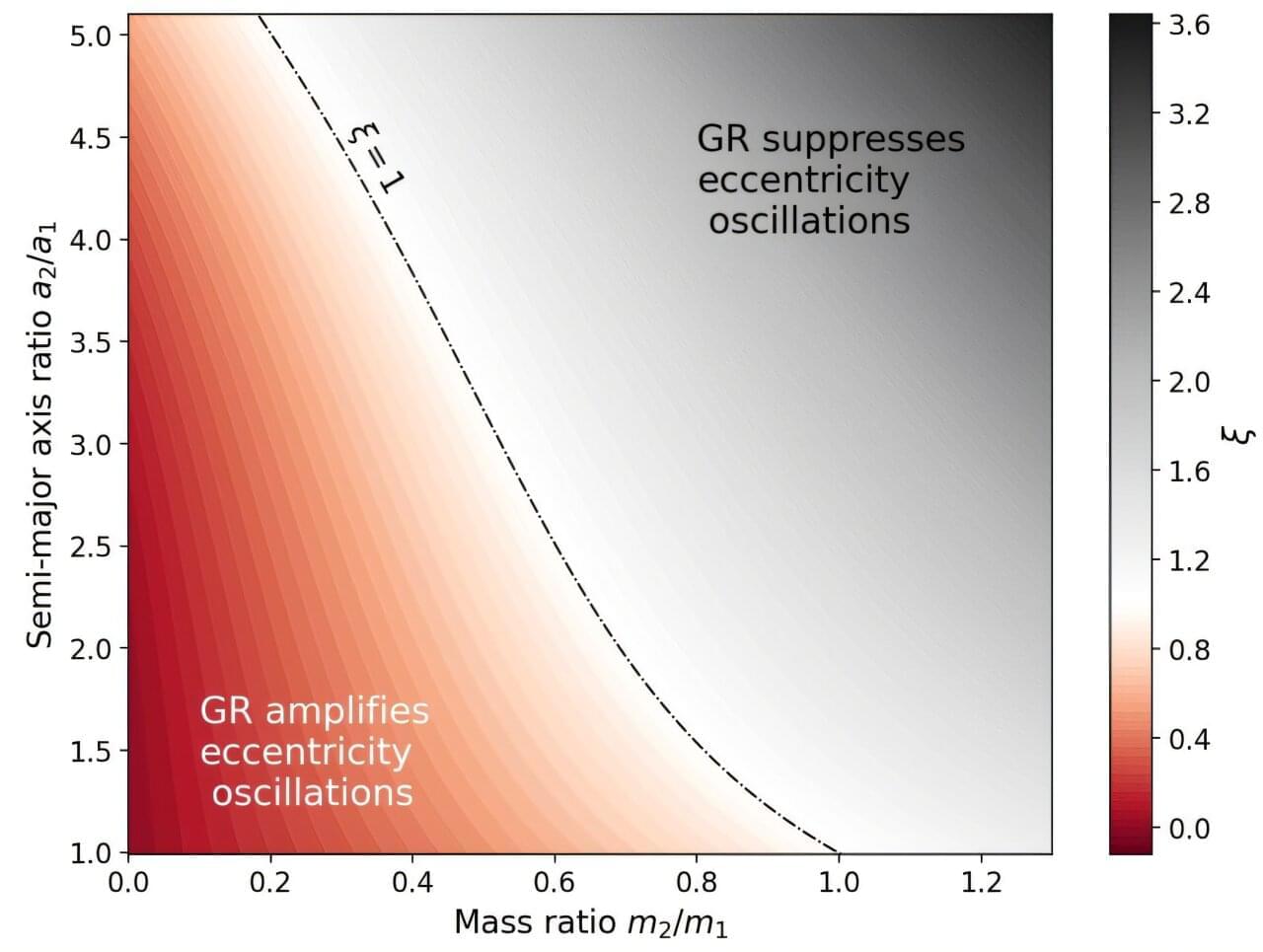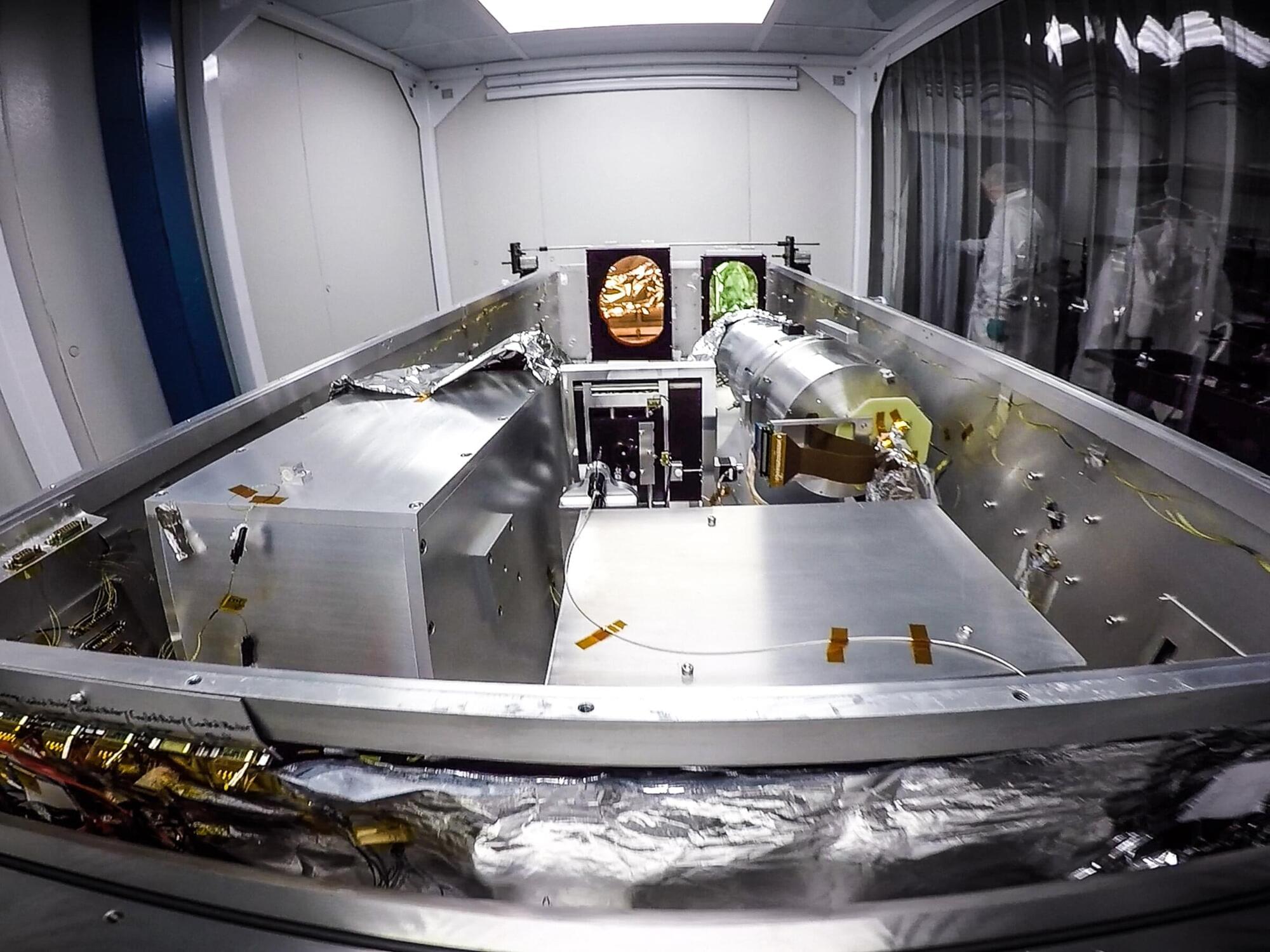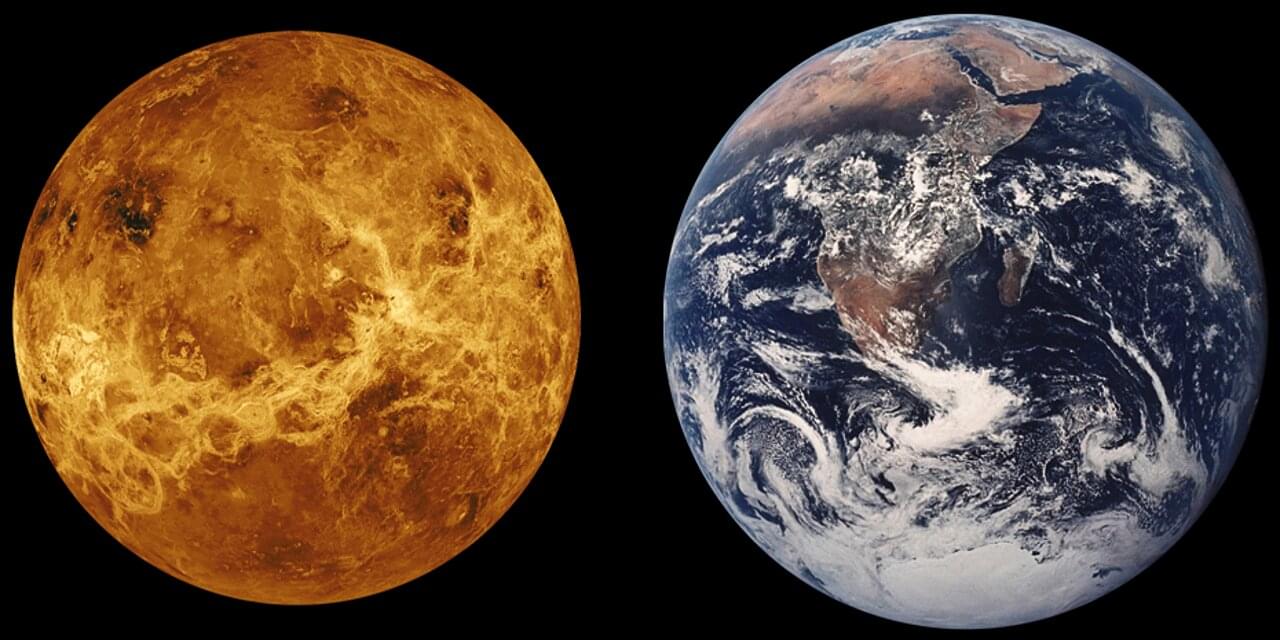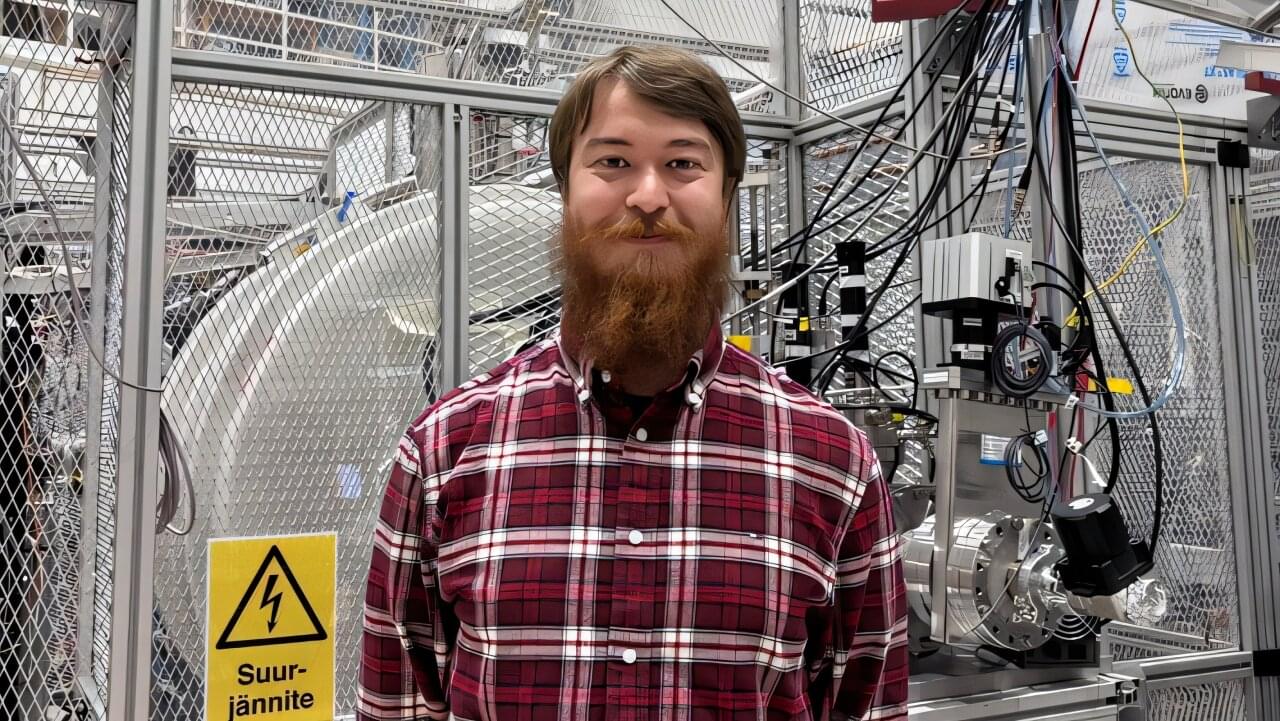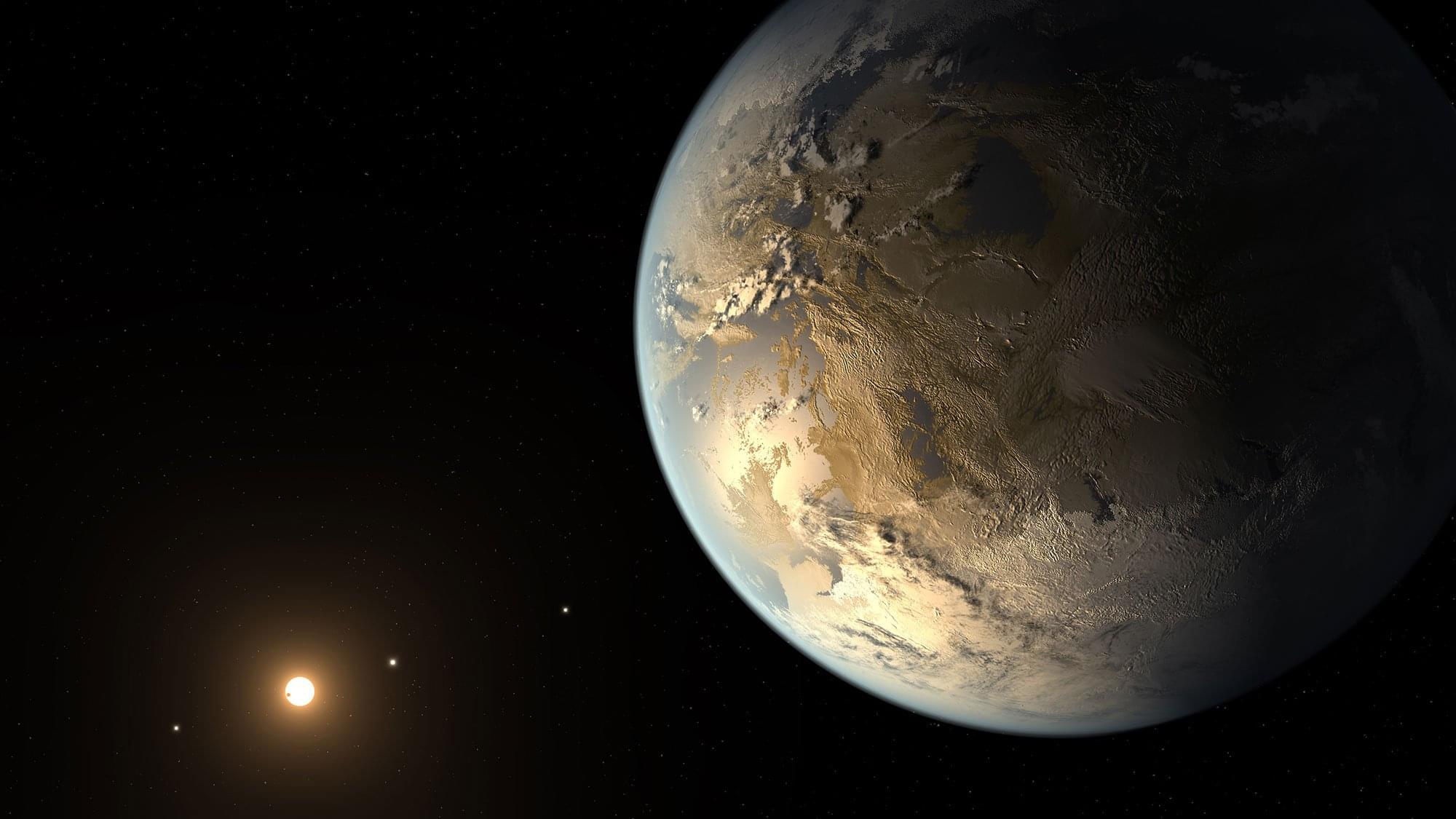In the hunt for extraterrestrial life, we usually look for planets orbiting sun-like stars and icy moons. But there is another possible candidate—planets circling white dwarfs, the hot, dense remnants of dead stars.
A white dwarf is what is left when a star like our sun runs out of fuel and sheds its outer layers. Smaller and dimmer than they were before, these stellar remains have a habitable zone (a region where liquid water can exist on a planet’s surface) within a few million kilometers of the star, which is extremely close in astronomical terms.
While large planets have been found orbiting white dwarfs, scientists previously thought that life could not exist on them due to tidal forces. These forces are increased when a companion planet nearby stretches the habitable planet’s orbit into an oval shape. This stretches and compresses the planet’s interior, generating frictional heat that can trigger a deadly greenhouse effect, making the planet uninhabitable. It would boil away any surface lakes and oceans and prevent life from forming.
